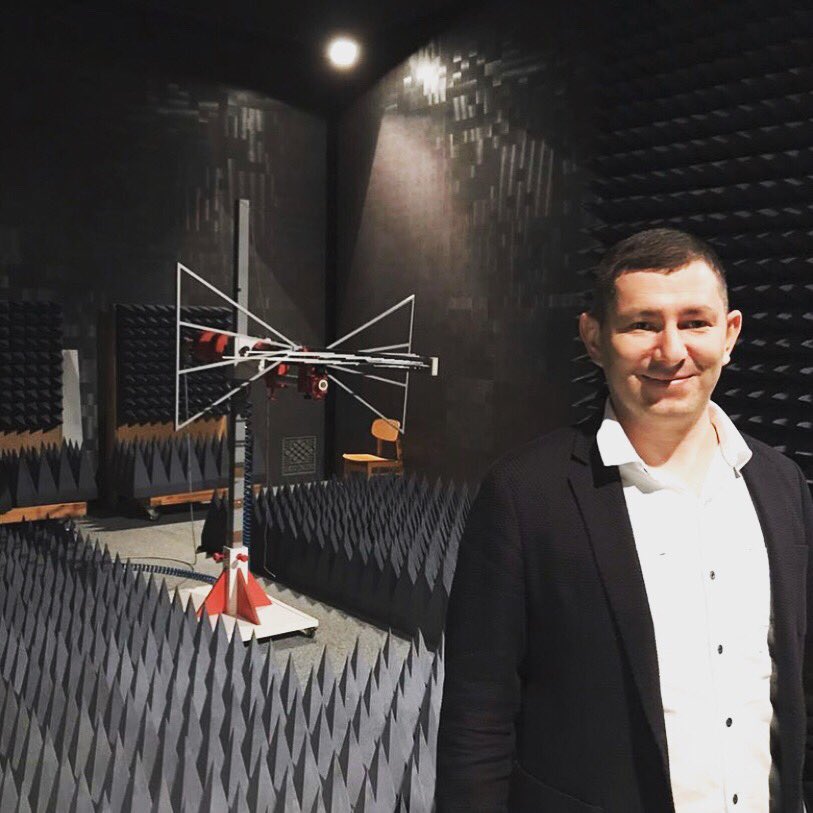An anechoic chamber is screened room covered with materials that absorb electromagnetic signals.EMC tests such as Radiated Emission and Radiated Immunity are applied in a room isoleted electromagnetic signals. ‘EMC’ is acronym for ‘electromagnetic compatibility.’ EMC (or anechoic) chambers are designed to create an enclosure with an extremely high level of shielding attenuation against electromagnetic interference. A well-constructed chamber can absorb close to 100% of ambient emissions and reflect a minimal amount of internal radiation. This is achieved by lining the walls with absorbing material. For full anechoic chambers, the floor is treated as well.
How is Anechoic Chamber made?
We need to prevent sound getting into the room, and this can pass through the walls, or through the foundations of the building. The background noise level in the chamber is immensely low; this is probably the quietest place you’ll ever experience. e anechoic chamber is actually a room, within a room, within the Newton building. The walls, floor and ceiling of the inner chamber are made of heavy Accrington brick and concrete to prevent sound getting into the room. Two heavy acoustic doors with rubber seals are used to minimise airborne sound.
Careful design is needed to deal with structure-borne sound, for example, vibrations through the foundations. The whole inner chamber is mounted on a set of springs – neoprene rubber mounts – to reduce vibration, as is done for major concert halls, but this chamber is very much quieter than even the grandest auditorium. The design is very exacting, for instance the bridge leading into the chamber is attached to the outer but not to the inner wall, to prevent the vibration isolation being bypassed.
To remove reflections from the walls of the chamber, every surface is covered in absorbing materials. The inside of the chamber is lined with foam wedges to absorb sound; this includes the floor. The floor you walk on is a wire trampoline stretched between the walls with an acoustically transparent catch net below. The wire floor is safe, but you shouldn’t enter if you are wearing high heels!

Why do you need Anechoic Chambers?
Due to their unique nature, EMC chambers allow their operators to test the radiated emissions and / or radiated immunity of, for instance, a new product or device. By shielding against all outside interference, you can accurately measure the strength of the electromagnetic field that is unintentionally generated by the equipment under test (EUT). An anechoic chamber’s primary application is to determine whether a product or device complies with emission and immunity limits defined in specific industry standards. However, depending on your industry, anechoic chambers can be used for testing according to a wide variety of EMC standards such as CISPR, IEC/EN, MIL-STD 461 and RTCA DO-160.
Anechoic chambers are not used only for EMC testing. They are also used for radio testing, RF testing and antenna measurements.
Recent Comments